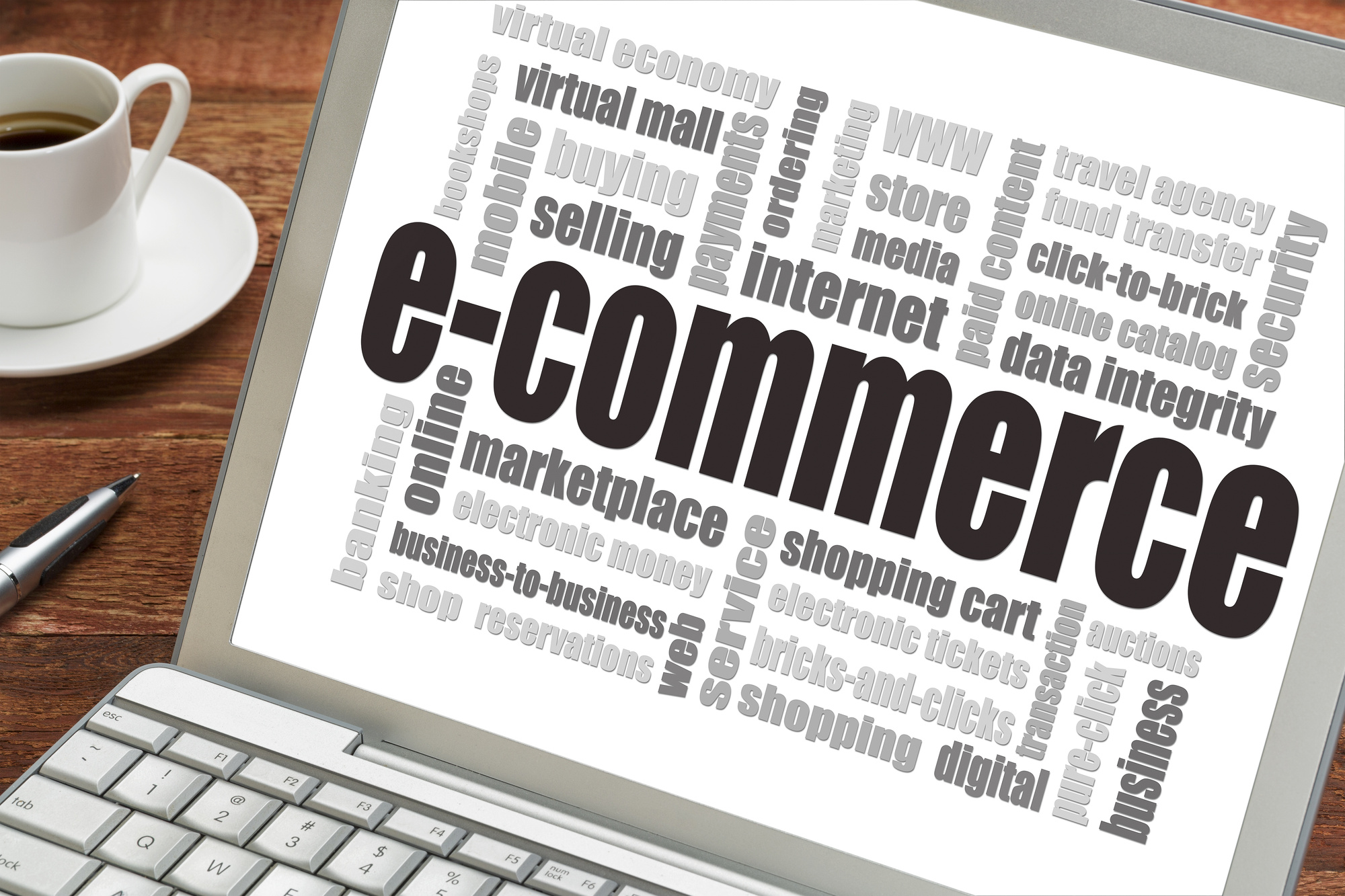

It doesn’t matter where you go, eCommerce is big business just about everywhere. And this definitely holds true in Europe. In 2017, the continent brought in a whopping EUR602 billion in eCommerce revenue.
It’s enough to make any clear-minded entrepreneur want to jump aboard. But before you do, it’s important to understand that selling goods across seas can be very tricky and expensive.
Amazon currently has marketplaces in five EU markets, which include France, UK, Germany, Italy, and Spain. Plus it has 31 distribution centers in seven countries and is continuously expanding.
But before you get in on the action, it’s important to know about VAT and Amazon Europe. Anything you import into and export from Europe requires VAT fees to be paid.
Let’s look at this a little more closely.
What is VAT?
VAT stands for Value-Added Tax. It’s governed by the tax authorities, who are always looking for non-compliant Amazon Europe retailers. This is why we encourage you to register.
Whenever you add value to the supply chain, you must pay VAT. In other words, if you sell goods to a manufacturer, you have to pay VAT towards that sale.
Then when the manufacturer produces something with the materials and sells it, the manufacturer must pay VAT. The governments get paid in every transaction made in the supply chain. It’s definitely something you want to pay attention to if you don’t want to end up in trouble.
In the EU, VAT rates can range anywhere from 0 to 27%. However, it’s not supposed to burden sellers, since VAT fees gained are offset by VAT paid. At least, that’s the case for VAT registered businesses.
It’s nothing like the sales tax you find in America and other countries, which you only pay one time at the final sale.
Importing Goods into Europe
In order to import goods into Europe from another country, you have to have an EORI (Economic Operators Registration and Identification) number. You get this from the EU customs authority and it identifies you as an importer.
As an importer, you have to pay special VAT fees at the port of entry. You can then reclaim this on your VAT return, but only if you’re VAT registered in the EU country you’re importing to.
If you’re a non-resident and want to sell goods to private consumers, then you must register for VAT there right away. Since you’re not a resident of the country, there aren’t any thresholds to exceed.
Storing Products in Amazon Europe Fulfillment Centers
Say you decide to have goods held in an Amazon EU fulfillment center in the UK using an EFN (European Fulfillment Network) service.
An EFN is commonly used to store products that are sold in Europe, so there’s faster shipment. In this scenario, you’re only required to have one VAT registration in the UK where your goods are held.
However, if you use MCI (Multi Country Inventory) services, then things are a little different. An MCI is when you have products held in various Amazon Europe warehouses and can choose which of them to use.
In this scenario, you have to have multiple VAT registrations, one in each country you have products held in. However, if you use the Central European FBA service, then you have to have three registrations – one in Germany, Poland, and the Czech Republic.
For the Pan-European FBA, you need seven registrations – Germany, France, Italy, UK, Spain, Poland and the Czech Republic.
Needless to say, there’s a lot of effort that goes into complying with VAT. For instance, you may have to have seven VAT registrations, file 64 VAT returns and meet various other reporting requirements.
But we can’t deny the benefits of having access to this broad market of online shoppers.
If you’re a newbie looking to get your feet wet, then avoid the Amazon Pan-EU market for now.
European Fiscal Representation for Non-EU Businesses
Here’s another thing to watch out for – the requirement for fiscal representation in Europe. This is so for businesses located in France, Italy, Poland and various others.
In these countries, you may need bank guarantees because a fiscal representative is jointly and severely liable for any VAT fees you owe.
The best way to avoid all of this is to have a local company set up in the country you want to sell in. However, this won’t eliminate annual reporting and accounts costs. But it may be more cost-effective.
How VAT Works for Amazon Europe Sellers
Once your products arrive at the Amazon fulfillment center in Europe, it falls under the EU VAT distance selling rules. This holds true whether you’re a registered business or not.
Sales made by private European consumers also have to pay VAT fees. Yet, it doesn’t apply to sales you make to consumers or businesses that aren’t in Europe.
According to the rules, you have to pay VAT locally until you exceed VAT registration thresholds. This changes from year-to-year. Right now, in most EU countries, the threshold is EUR35,000.
It’s different in countries like the Netherlands, Luxembourg, and Germany, where the thresholds are EUR100,000. If you’re selling goods from Amazon.de and are fulfilling your UK orders from a warehouse in Germany, then your threshold is EUR70,000.
Staying a Profitable eCommerce Business
Now, it’s very important that you do the calculations to ensure your eCommerce business remains profitable. It’s easy to fall in the negative line if you aren’t careful with the VAT fees.
You want to give your margin room to ensure you stay profitable once you register for VAT. Do research in the countries you plan to sell in to identify the VAT rate. In most EU countries the rate is between 17% and 27%.
The margins you set should allow your products to absorb the variations in the VAT rates. Then make sure your prices are still competitive enough by comparing them to local sellers.
Finding a Warehouse and Fulfillment Center
The key to any eCommerce business’s success is pleasing the end user. Your customers are the top priority, which means you need to deliver your products on time.
One way to do so is to have a deal with a warehouse and fulfillment center that provides fast shipping. That’s exactly what we do at Marketplace Valet.
We help online stores like yours with storing goods and getting them to customers quickly. Contact us today to learn more about our warehousing and order fulfillment!
